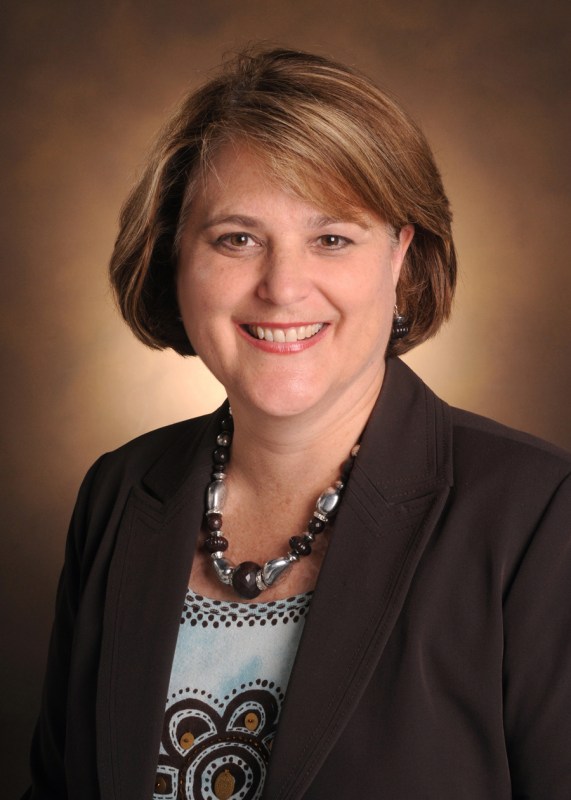
What has VUMC done to prepare for the H1N1 virus?
Vanderbilt's Emergency Preparedness officials have been planning for a possible pandemic for several years.
Prompted in part by Canada's 2003 severe acute respiratory syndrome (SARS) outbreak that killed 44 people and stressed that country's health care system, officials here studied what happened in Canada and are confident that Vanderbilt University Medical Center is as well prepared as any facility.
Preparations have included a multi-level pandemic plan that folds into VUMC's overall emergency preparedness plans and collaborates with University officials; stockpiling essential supplies, equipment and pharmaceuticals; warning people to wash their hands frequently and to cover their nose and mouth when coughing or sneezing; and conducting regular planning exercises. A mandatory H1N1 flu-training module is also now available on VandySafe for VUMC faculty and staff.

Hoffner
Just when those plans would be activated depend on a variety of factors. VUMC's plan has four tiers, with each tier triggering a certain response.
“The tiers are based upon the current level of pandemic flu activity in the U.S. and worldwide,” Hoffner said. “The VUMC executive leaders collaborate with the emergency response team to activate each tier of the plan.”
VUMC is currently at “tier 1,” which requires that VUMC staff asks screening questions of all patients. A recent table top exercise that involved top leadership from across the hospital showed that the situation can quickly escalate to a critical level.
Hoffner said VUMC's pandemic plan relies on several surveillance systems as well as monitoring clinic activity.
She said that, typically, the trends will show a peak in activity with children, and will then be followed by a corresponding peak with adults.
“We are part of the Nashville Health Alert and Tennessee Health Alert systems so that we can also monitor activity at other hospitals and health care facilities,” she said.













